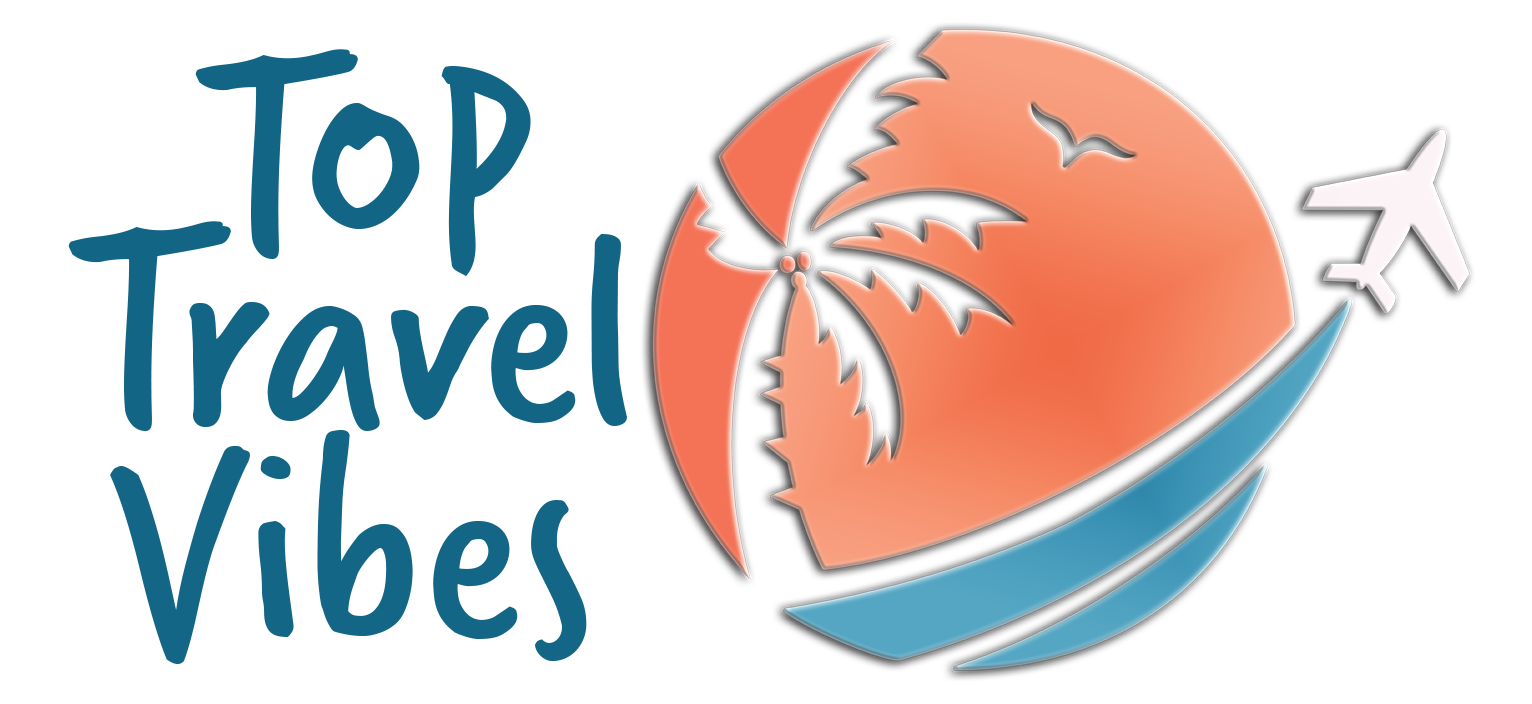How to Get Free Flights with Travel Hacking & Credit Card Points
Introduction to Travel Hacking

Imagine jetting off to Bali, Paris, or Tokyo without paying a dime for your flight. No, it’s not some elaborate scam or a sketchy airline loophole—it’s called travel hacking, and it’s one of the best-kept secrets of savvy travelers.
At its core, travel hacking is all about strategically earning airline miles and points through credit cards, promotions, and loyalty programs. The goal? To score free (or nearly free) flights, upgrades, and perks that make your trips more affordable and comfortable. If you’re not already leveraging credit card points, you’re leaving serious money on the table.
Ready to start flying for free? Let’s break it down.
Best Credit Cards for Earning Miles
Not all travel credit cards are created equal, and picking the right one depends on your travel habits. Some top contenders for racking up miles quickly include:
- Chase Sapphire Preferred – One of the best beginner-friendly cards, offering double points on travel and dining and a killer sign-up bonus.
- Capital One Venture X – Ideal for frequent travelers who want solid rewards and premium perks like lounge access.
- American Express Platinum – Perfect for luxury travelers, offering five times the points on flights and unrivaled lounge access worldwide.
- Citi Premier – Great for strong everyday spending rewards, with triple points on groceries, dining, and gas—because every dollar should be working toward your next adventure.
Sign-up bonuses are your golden ticket. Many travel cards offer between 50,000 and 100,000 points as a welcome gift if you hit the minimum spend requirement (usually within the first three months). That alone can get you a round-trip ticket to Europe.
How to Maximize Rewards & Points
Earning points is just the first step. The real magic happens when you maximize their value.
- Use the right card for the right purchase – Most travel cards have bonus categories like dining or gas, so always use the card that earns the most points for each category.
- Meet the sign-up bonus requirements wisely – Big purchases like rent (if your landlord allows), annual insurance, or even prepaying utilities can help you hit the spending requirement without wasteful spending.
- Transfer points to airline partners – Instead of redeeming points through the credit card’s portal, transferring them to airline loyalty programs often provides better deals. Chase points, for example, transfer to United, Southwest, and Emirates at a 1:1 ratio.
- Stack rewards with shopping portals – Many airlines and credit card companies have online shopping portals that give you extra points for buying everyday items through their links.
- Never redeem for gift cards – The redemption value is almost always worse than transferring to airlines or booking flights.
Mistakes to Avoid with Travel Credit Cards
Travel hacking can save you thousands, but there are some pitfalls to watch out for.
- Carrying a balance – Credit card interest rates will wipe out any value you get from points. Always pay off your balance in full.
- Opening too many cards at once – Applying for multiple cards in a short period can ding your credit score and trigger bank suspicions.
- Ignoring annual fees – Some travel cards charge hefty fees ranging from $95 to $695, so make sure the perks outweigh the cost.
- Not checking award availability – Points are useless if there aren’t any award seats available, so always check before transferring points to an airline.
- Letting points expire – Some programs have expiration dates, so stay active by earning or redeeming points periodically.
How I Flew to Japan for Free
Let me tell you about the time I booked a round-trip flight to Japan for almost nothing.
I signed up for the Chase Sapphire Preferred card, which came with an 80,000-point bonus after spending $4,000 in three months. I put everyday expenses on the card—groceries, gas, a few flights for work—and hit the bonus without spending extra.
Then, I transferred those points to United Airlines (a Chase transfer partner) and booked a round-trip ticket from Los Angeles to Tokyo. The total? 70,000 miles plus $50 in taxes and fees. That’s a $1,200 flight for the cost of a nice dinner out.
Bonus: Since I also had Priority Pass lounge access through another card, I got free airport lounge access in LAX and Narita, complete with sushi, Wi-Fi, and comfy chairs.
Was it worth it? Absolutely.
Conclusion
Travel hacking isn’t just for finance nerds or frequent fliers—it’s for anyone who wants to travel more for less. With the right strategy, you can earn points on your everyday spending, maximize your rewards, and fly around the world without blowing your budget.
Start small: pick one great travel card, hit the sign-up bonus, and book your first free flight. Before you know it, you’ll be the person who always seems to be on vacation—without ever paying full price for airfare.
Now, where to next?



